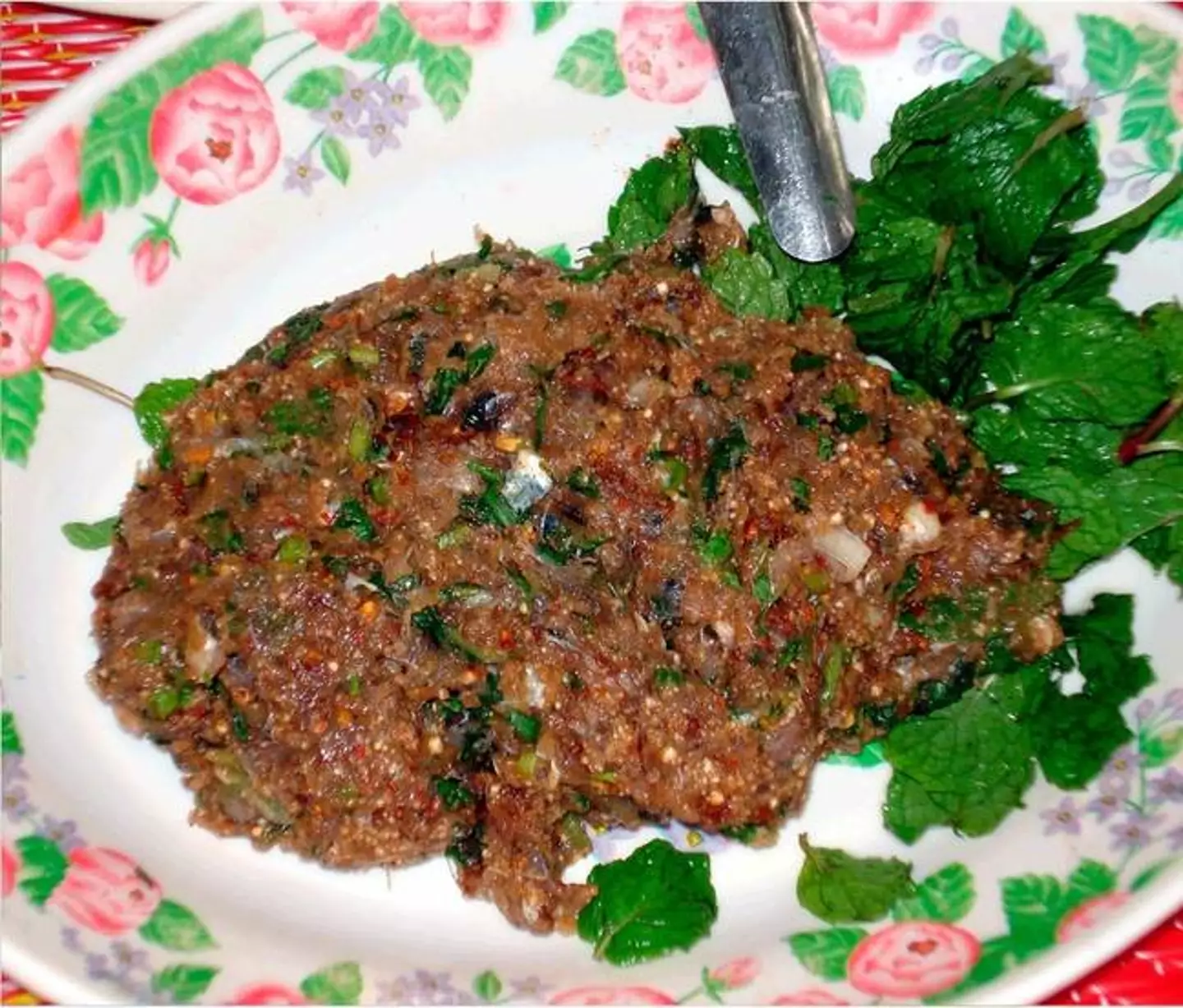Locals seem pretty hesitant to give up the dish despite the dangers
If you’re someone who watches your health, you probably keep certain foods in check, eating them in moderation. However, there’s one dish that might not be as safe as it appears, and in some cases, even one bite could be harmful.
As we get older, we naturally become more mindful of our food choices. But there are certain foods that you should avoid completely for the sake of your health. One of these is a traditional Thai dish that, surprisingly, can be deadly. It’s estimated to be responsible for the deaths of around 20,000 people each year.
At first glance, the ingredients in this dish might not seem dangerous. However, the backstory behind one of its main components reveals a serious risk. The dish, known as Koi Pla, is a Thai delicacy often enjoyed by locals in Laos and the Isan region of Thailand. It’s essentially a salad made from minced raw fish, mixed with lemon juice, herbs, and spices. But the raw fish isn’t what makes it dangerous.

The true danger comes from where the fish are sourced. These fish are caught in the waters of the Mekong River, which unfortunately is home to parasitic flatworms. These flatworms can lead to bile duct cancer, a condition that is more commonly found in East Asia than anywhere else in the world. As a result, this dish has been linked to liver cancer, with many people unaware of the risks involved.
The Silent Killer: Doctor Narong Khuntikeo’s Fight Against Koi Pla
One person who’s fighting against this deadly dish is Dr. Narong Khuntikeo, a liver surgeon whose own parents tragically died from liver cancer after eating Koi Pla. In an interview with Agence France-Presse, Dr. Khuntikeo described it as a “huge health burden” on the local population, yet one that is often ignored.
“People don’t know about it,” he said. “They die quietly, like leaves falling from a tree.”

In 2017, Dr. Khuntikeo took action by assembling a team of doctors, scientists, and anthropologists to combat the health crisis caused by Koi Pla. They spent four years working on a study in the Isan region, testing villagers for the parasite that causes liver cancer. The findings were staggering: in some areas, up to 80% of the population had ingested the parasite.
A Generational Divide and the Struggle to Change Habits
Despite the alarming findings, Dr. Khuntikeo has faced resistance, especially from older generations. Many villagers are not aware of the risks, and some simply don’t want to change their habits. Dr. Khuntikeo recalls the response from some: “They’ll say, ‘Oh well, there are many ways to die.’ But I cannot accept this answer.”
One farmer, Boonliang Konghakot, from Khon Kaen province, doesn’t see the problem with eating raw fish. “I used to come here and just catch the fish in the pond… it’s so easy to eat raw,” he explained.
Thanin Wongseeda, another villager who was part of Dr. Khuntikeo’s screening project, shared his own worries. “I’ve never been checked before, so I think I will probably have it because I’ve been eating (Koi Pla) since I was little.” His concern highlights the long-standing tradition of eating this dish, even as its deadly consequences become more widely known.
The Danger That Persists Despite Awareness
Despite all the warnings, Koi Pla continues to be a popular dish, and locals remain hesitant to give it up. The convenience, taste, and long tradition surrounding the dish make it difficult for many to change their habits. Yet, with the startling statistics and the tireless efforts of people like Dr. Khuntikeo, the hope is that awareness will eventually lead to safer practices and, hopefully, save lives.
This dangerous Thai delicacy remains a cultural fixture, but the fight to prevent more lives lost to liver cancer continues. Koi Pla might seem like a harmless tradition, but with just one bite, you could be putting your health at serious risk.

